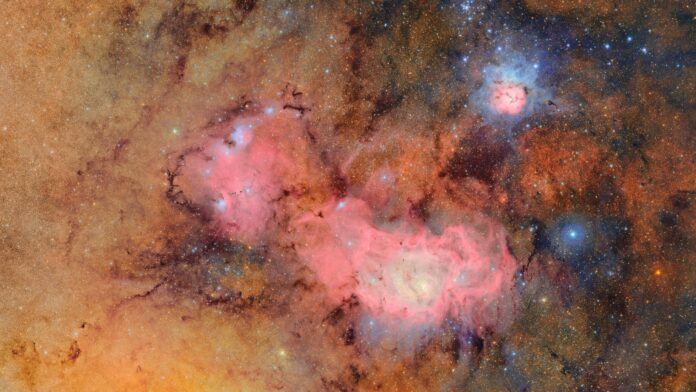On Monday, the Vera C. Rubin Observatory in Chile showed the world its first pictures, taken by the world’s largest digital camera. This isn’t just any camera—it’s a giant, super-powerful tool that will watch the sky for the next ten years. Scientists say these first images are just the start of something huge. They plan to use this camera to take photos of the whole southern sky every few nights, looking for things like moving asteroids, exploding stars, and even mysterious stuff we can’t see. The camera is so big and strong that it’s going to change how we learn about space, and people all over the world are excited to see what comes next.
What’s So Cool About This Camera?
This camera is not like the one on your phone or even a fancy one your parents might have. It has 3.2 billion pixels, which means it can take pictures so detailed you’d need 400 giant TVs to show just one of them! It weighs 3,200 kilograms, about as much as a small car, and it has to stay super cold at minus 100 degrees Celsius to work right. Building the world’s largest digital camera took ten years and cost $810 million. It sits on top of a mountain called Cerro Pachón in Chile’s Atacama Desert, a dry and quiet place perfect for looking at stars. Scientists worked hard to make this camera, and now it’s ready to show us things we’ve never seen before.
A Sky Survey Like No Other
The Rubin Observatory is starting something called the Legacy Survey of Space and Time. This project will collect more info about the sky in its first month than all other telescopes have ever gathered in history. Every night, the world’s largest digital camera will spot about 10 million changes in the sky, like stars blinking or rocks zooming by, and it’ll send messages to scientists so they can check them out fast. This survey will help us find dangerous asteroids that might hit Earth, watch stars blow up, and learn more about dark matter and dark energy—two big puzzles that make up most of the universe but don’t glow or shine.
Who Was Vera C. Rubin?
The observatory is named after Vera C. Rubin, a smart astronomer who worked in the 1960s and 1970s. She figured out that something called dark matter exists, even though we can’t see it. By watching how galaxies spin, she showed there’s a lot more stuff out there than just the stars and planets we know about. Her ideas changed how we think about space, and naming this place after her is a way to say thanks for her amazing work. The world’s largest digital camera is now carrying on her mission to help us understand the universe better.
What Do These First Pictures Show?
The first images from the Rubin Observatory are jaw-dropping, even though they’re just a tiny taste of what’s to come. Kevin Reil, a scientist at the observatory, said they’re super sharp and cover an area seven times bigger than the full moon. That’s a lot of sky in one shot! These pictures prove the camera works and can take huge, detailed photos of space. Over the next ten years, it’ll keep snapping shots, building a giant movie of the universe that shows how things move and change. Scientists are already buzzing about what they’ll find with this powerful tool.
My Take on This News
I think this is one of the coolest things happening right now! The idea of a camera so big it can see billions of stars and galaxies blows my mind. It’s exciting to know we’ll learn more about space, especially the dark matter and dark energy parts that sound like a science fiction story. I love how this camera will keep an eye on asteroids too—imagine if it spots one heading our way and we get to stop it like in a movie! My only worry is that ten years is a long time, and I hope they don’t run into any big problems keeping it running. But overall, this feels like a giant step for us humans to figure out our place in the universe, and I’m rooting for the scientists to find something wild.

